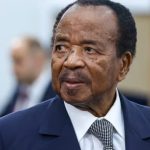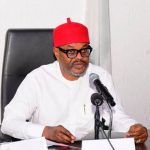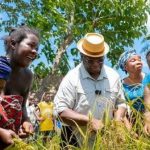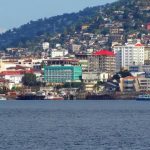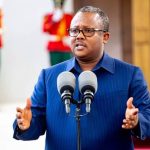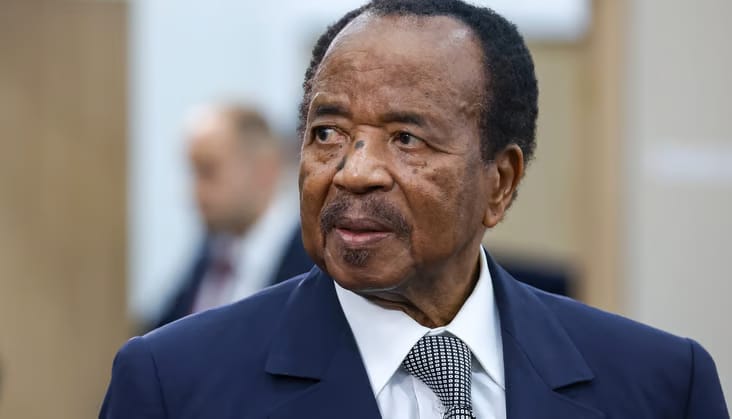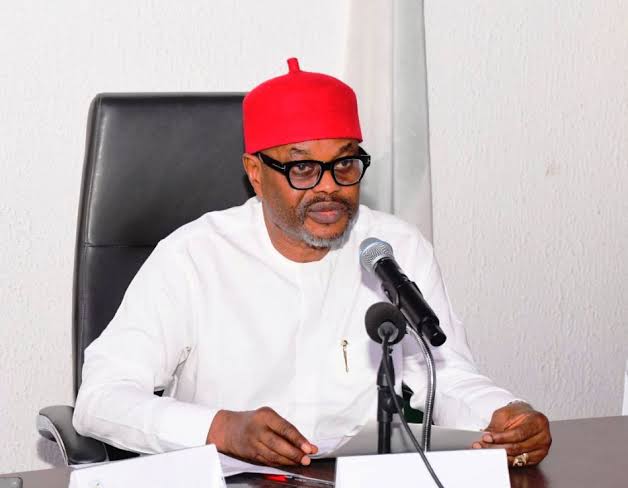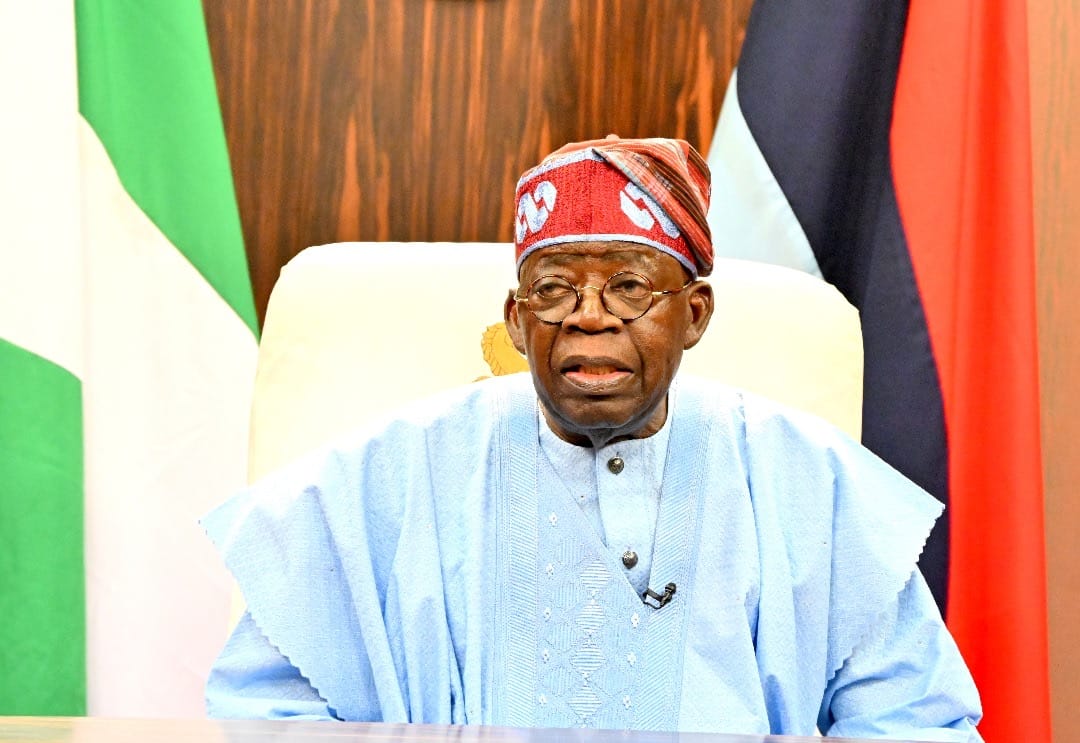Cameroon’s 92-year-old president, Paul Biya, takes another shot at the seat
Cameroon’s presidential election comes up on October 12. The current leader, 92-year-old Paul Biya, still dominates the political space and is favoured to win again, but many believe he is unaware of the real issues facing the country.
Biya, leader of the Cameroon People’s Democratic Movement (RDPC), remains the frontrunner, in spite of his advanced age and 43-year tenure, which has been marked by accusations of authoritarianism.
Biya is likely to be re-elected because his political machine is well established and the opposition is fragmented. In spite of government limits on recent polling, the data shows he retains significant support, with about 40-50% of rural voters backing him. In these areas, his party’s networks distribute infrastructure projects and subsidies to maintain loyalty.
Urban centres, like Douala and Yaoundé, however, show growing discontent attributable to unemployment, which is over 30% among youth, and the crisis caused by the Anglophone regions’ agitation for self-rule, which has killed over 6,000 since 2016.
Biya’s health, a persistent concern given his frequent absences abroad for medical treatment, has not significantly dented his campaign, for some reason. The RDPC has framed him as a stabilising force, using state media to amplify this narrative.
His registration on July 17, via party secretary-general Jean Nkuete, adhered to electoral deadlines, and Elections Cameroon (ELECAM) approved his candidacy, in spite of a petition from opposition figure, Akere Muna, challenging his age and health. The courts have dismissed all legal challenges against the government, which has led to accusations that the judiciary is siding with the ruling party.
Analysts give Biya a strong chance of victory. They say the opposition is split into many groups and cannot unite against him. The main contenders include Maurice Kamto of the Cameroon Renaissance Movement (MRC), Hermine Patricia Tomaïno Ndam Njoya of the Cameroon Democratic Union (UDC), and Issa Tchiroma of the Front for the National Salvation of Cameroon.
Kamto, aged 70, emerged as Biya’s strongest rival in 2018, claiming victory despite official results favouring Biya. He has since led protests, which were met with government crackdowns. His campaign focuses on democratic reform and ending the Anglophone conflict, which resonates with urban youth and Anglophone regions, though his detention in 2019 has limited his mobilisation.
Ndam Njoya, 56, the only female candidate and a former mayor of Foumban, brings a younger perspective. She advocates for gender equality and decentralisation. Her appeal is niche, primarily in the Western Region, but her lack of national infrastructure hampers her reach.
Two other candidates are Issa Tchiroma, a 75-year-old former Biya ally whose past ties with Biya reduces his chances, and Valentin Egono, an elderly man who joined the race late. They all make up the opposition’s 12 approved candidacies. Their campaign chances are, however, clearly slim, judging from Biya’s over 40-year grip on power.
Internal divisions, exemplified by the MRC’s boycott calls versus UDC’s participation, pundits believe, will likely dilute their chances at the polls further. Data from the pan-African, independent, non-partisan research network, Afrobarometer, indicates only 25-30% of Cameroonians support opposition parties nationally, with higher rates (40-50%) in urban and Anglophone areas. Funding shortages and state-controlled media access further weaken the efforts of the opposition, with Kamto’s MRC facing the most suppression.
The candidacy age range- 35 to 92- reflects a major generational gap. Biya and Egono symbolise the old guard, while Ndam Njoya represents a younger niche. Many Cameroonians have jokingly described the contest as the “clash of the ancestors,” with frustration over the absence of candidates under 60. This resonates with a youth bulge, with 60% of the population under 25, who increasingly demand representation.
However, no legal age quotas exist, and the Constitution (Article 8) only requires candidates to be at least 35 and Cameroonian-born, rules which many say clearly favour experienced politicians over newcomers.
Cameroon’s electoral system is widely regarded as an “electoral autocracy,” with laws tilting toward Biya. Political pundits in Cameroon say ELECAM, though nominally independent, is staffed with RDPC loyalists, raising doubts about impartiality. The requirement to pay a Treasury fee for candidacy, approximately 30 million CFA francs, or $50,000, excludes many potential challengers, while the Constitutional Council, appointed by Biya, adjudicates disputes, as seen in Muna’s rejected petition.
Voter roll irregularities and past vote-rigging allegations , as seen in the 2018 elections, gives further advantage to the incumbent. Opposition demands for electoral code revisions, led by Ndam Njoya’s platform, have been ignored.
Across the country, support for Biya hovers around 45-50%, driven by rural loyalty and fear of instability, based on informal surveys by local NGOs. The opposition is popular in urban and conflict zones, sometimes getting 40-50% support. But they are not a cohesive group. While anger over the Anglophone crisis and the poor economy hurts Biya, it does not automatically help the opposition because many see them as unproven.
Biya’s re-election appears likely, strengthened by institutional advantages and a divided opposition. Kamto poses the greatest threat but faces systemic barriers, while younger candidates, like Ndam Njoya, struggle for visibility.
There is a general belief that electoral laws overwhelmingly favour the incumbent, and public support remains split. The election’s outcome may hinge on turnout and international scrutiny, but without structural reform, Cameroon’s current political structure seems set to continue.

